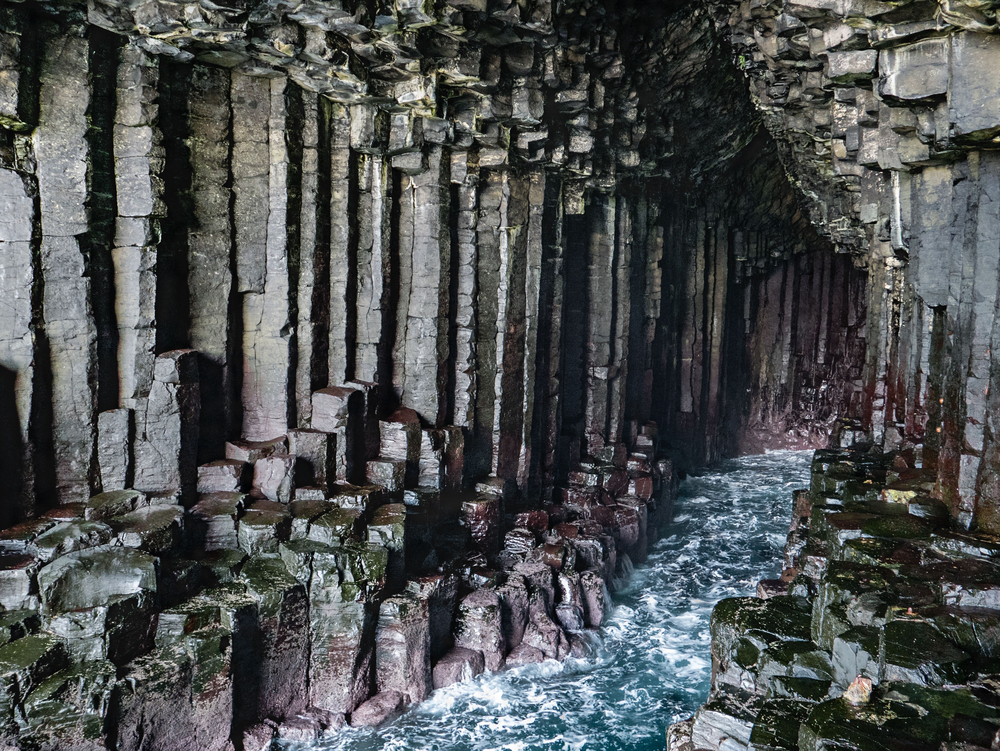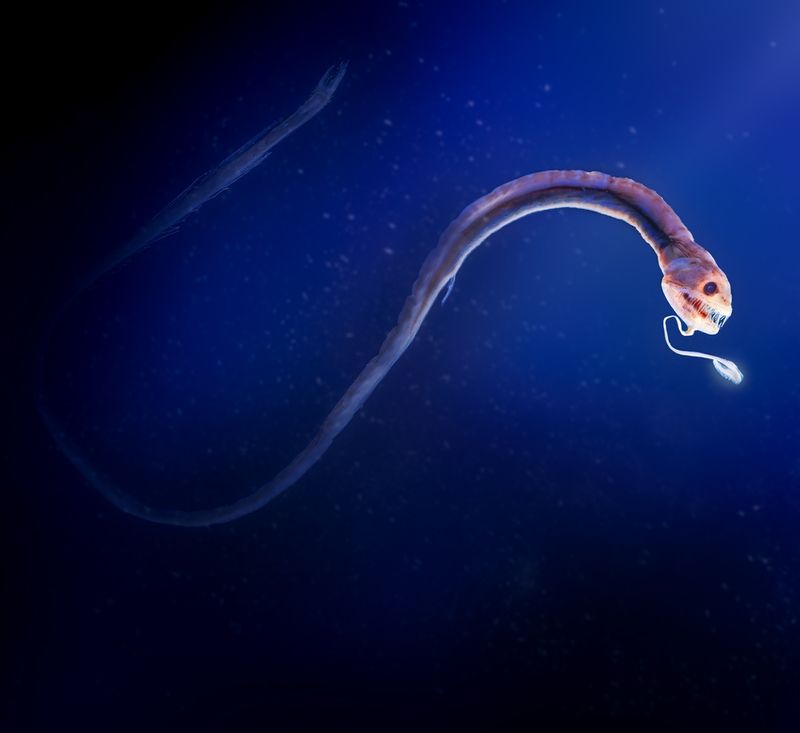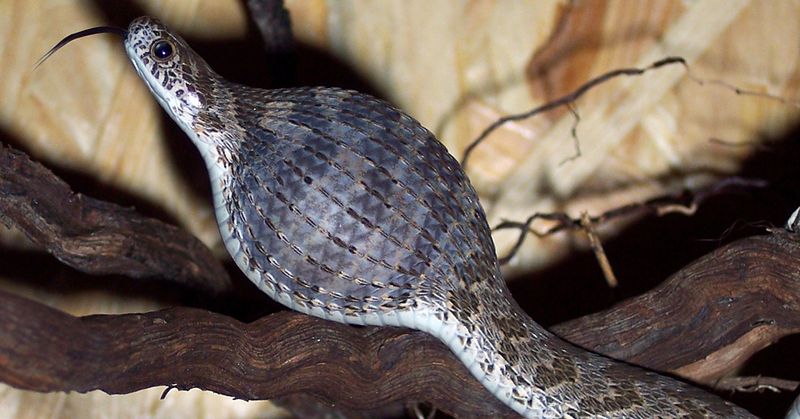The bizarrely geometric geology of Fingal’s Cave has caught the attention of everyone from Queen Victoria to Pink Floyd – and it’s not hard to see why. Thanks to volcanic activity and columnar jointing, this fascinating cave features geology that looks like a glitchy video game that's sluggishly trying to render.
Fingal’s Cave is a sea cave located on the Isle of Staffa, an uninhabited island off the rugged west coast of Scotland. Despite its relatively small size and remoteness, it attracts a significant number of visitors and attention thanks to its unusual hexagonal-shaped basalt columns, very similar to those found at the Giant's Causeway in Northern Ireland.
Most of the columns are six-sided hexagons, but five-sided and seven-sided columns can also be found, according to the Scottish Geology Trust.
It owes its distinctive appearance to volcanic activity that occurred 60 million years ago during the formation of the Atlantic Ocean. The columns were formed by physical processes that can happen in cooling lava flows called columnar jointing. They’re essentially the product of cracks that form when a plain of lava cools down and contracts.
As explained by Arizona State University: “Imagine a huge flow of hot, liquid magma that is settling. The outer layer is starting to cool and darken in color from orange to black. As it cools, it needs to shrink a bit, as hot materials usually take up more space than cooler ones. Because of this shrinking, the surface of the lava starts to crack. But this cracking isn’t always random. In this case, the lava starts to crack into regular shapes.”

“Those shapes are forming because of how the lava cools. It starts at different spots called 'centers.' If those centers are evenly spaced, the forces that pull inward toward the centers end up creating different chunks of cooling lava that are hexagonal (6-sided), or close to it,” it adds.
The original Gaelic name for Fingal's Cave was An Uamh Bhin, which means "the melodious cave,” but it was later renamed after Fionn MacCool, the legendary warrior who is said to have built the Giant’s Causeway in Irish mythology.
The Isle of Staffa was practically unknown to the world beyond the Hebrides until botanist Joseph Banks brought the natural wonders of the island to public attention in 1772. It continued to rise in prominence during the Victorian era and attracted an array of famous names, including the poet John Keats, the landscape painter J. M. W. Turner, and sci-fi pioneer Jules Verne.
In 1847, the island was visited by Queen Victoria and Prince Albert who sailed to the cavern via the royal barge.
Over a century later, the strange sea cave continued to inspire. British rock legends Pink Floyd recorded a song called “Fingal's Cave”, which was intended to be used for the soundtrack of the 1970 movie Zabriskie Point. However, the single was never released and it wasn’t even used in the final cut of the film (search around on the internet, though, and it’s pretty easy to find a recording of it).
Nowadays, the Isle of Staffa still attracts plenty of curious onlookers and streams of tourists. Along with the trippy geology of Fingal’s Cave, it’s apparently a very good place to spot puffins and other seabirds.




